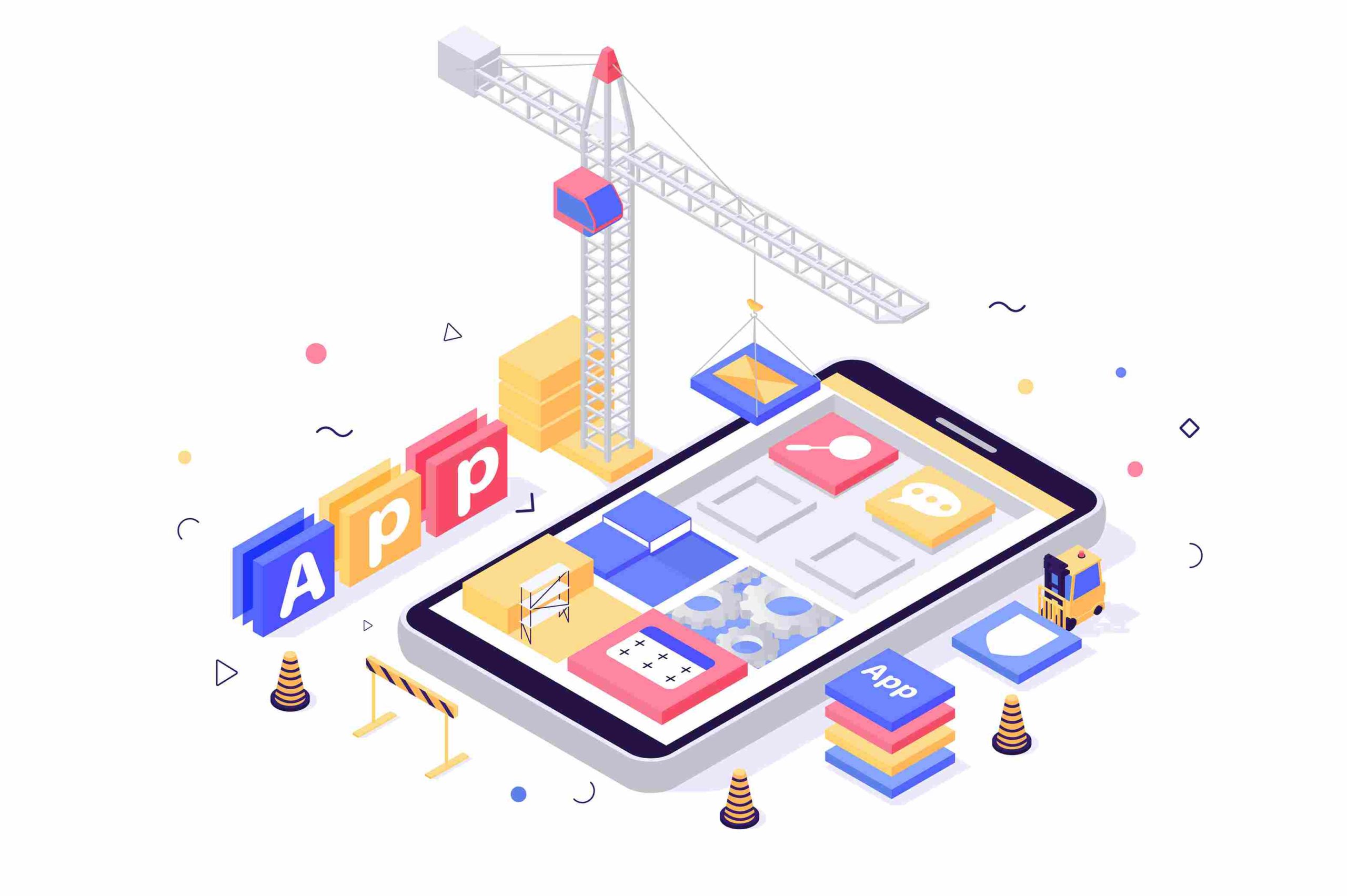
No code, low code: The Future of Software Development
Last updated: November 25, 2022 Read in fullscreen view
- 05 Jul 2020
 What is Sustaining Software Engineering? 14/1188
What is Sustaining Software Engineering? 14/1188 - 20 Mar 2022
 What is a Multi-Model Database? Pros and Cons? 11/1063
What is a Multi-Model Database? Pros and Cons? 11/1063 - 01 Mar 2023
 What is Unit Testing? Pros and cons of Unit Testing? 8/355
What is Unit Testing? Pros and cons of Unit Testing? 8/355 - 29 Nov 2021
 Memorandum of Understanding (MOU) for Partnership Agreements 7/470
Memorandum of Understanding (MOU) for Partnership Agreements 7/470 - 30 Jan 2022
 What Does a Sustaining Engineer Do? 7/554
What Does a Sustaining Engineer Do? 7/554 - 08 Nov 2022
 4 tips for meeting tough deadlines when outsourcing projects to software vendor 6/254
4 tips for meeting tough deadlines when outsourcing projects to software vendor 6/254 - 01 Sep 2022
 Facts Chart: Why Do Software Projects Fail? 6/540
Facts Chart: Why Do Software Projects Fail? 6/540 - 31 Dec 2021
 What is a Data Pipeline? 4/187
What is a Data Pipeline? 4/187 - 06 Mar 2021
 4 things you need to do before getting an accurate quote for your software development 4/615
4 things you need to do before getting an accurate quote for your software development 4/615 - 16 Apr 2021
 Insightful Business Technology Consulting at TIGO 3/376
Insightful Business Technology Consulting at TIGO 3/376 - 20 Dec 2021
 What is Hybrid Mobile App Development? 3/313
What is Hybrid Mobile App Development? 3/313 - 09 Mar 2022
 Consultant Implementation Pricing 3/184
Consultant Implementation Pricing 3/184 - 16 Feb 2021
 Choose Outsourcing for Your Non Disclosure Agreement (NDA) 3/150
Choose Outsourcing for Your Non Disclosure Agreement (NDA) 3/150 - 22 Sep 2022
 Why is it important to have a “single point of contact (SPoC)” on an IT project? 3/843
Why is it important to have a “single point of contact (SPoC)” on an IT project? 3/843 - 06 Dec 2024
 Steps For Integrating Sustainable Practices Into Business Operations 3/114
Steps For Integrating Sustainable Practices Into Business Operations 3/114 - 10 Apr 2021
 RFP vs POC: Why the proof of concept is replacing the request for proposal 2/254
RFP vs POC: Why the proof of concept is replacing the request for proposal 2/254 - 07 Jul 2021
 The 5 Levels of IT Help Desk Support 2/380
The 5 Levels of IT Help Desk Support 2/380 - 07 Nov 2022
 Why Design Thinking can save the outsourcing industry 2/168
Why Design Thinking can save the outsourcing industry 2/168 - 07 Oct 2022
 Digital Transformation: Become a Technology Powerhouse 1/216
Digital Transformation: Become a Technology Powerhouse 1/216 - 25 Apr 2021
 What is outstaffing? 1/229
What is outstaffing? 1/229 - 13 Nov 2021
 What Is Bleeding Edge Technology? Are bleeding edge technologies cheaper? 1/454
What Is Bleeding Edge Technology? Are bleeding edge technologies cheaper? 1/454 - 01 May 2023
 CTO Interview Questions 1/296
CTO Interview Questions 1/296 - 28 Oct 2025
 The Future of Real Estate: Key Trends and Essential Lessons in Digital Transformation 1/10
The Future of Real Estate: Key Trends and Essential Lessons in Digital Transformation 1/10 - 30 Oct 2022
 How Much Does MVP Development Cost in 2023? 1/170
How Much Does MVP Development Cost in 2023? 1/170 - 09 Feb 2023
 The Challenge of Fixed-Bid Software Projects 1/191
The Challenge of Fixed-Bid Software Projects 1/191 - 20 Nov 2022
 Software Requirements Are A Communication Problem /233
Software Requirements Are A Communication Problem /233 - 10 Apr 2022
 What is predictive analytics? Why it matters? /167
What is predictive analytics? Why it matters? /167 - 09 Jan 2022
 How to Bridge the Gap Between Business and IT? /163
How to Bridge the Gap Between Business and IT? /163 - 17 Mar 2025
 IT Consultants in Digital Transformation /62
IT Consultants in Digital Transformation /62 - 10 Jul 2025
 Building AI-Driven Knowledge Graphs from Unstructured Data /111
Building AI-Driven Knowledge Graphs from Unstructured Data /111 - 01 Mar 2023
 How do you deal with disputes and conflicts that may arise during a software consulting project? /145
How do you deal with disputes and conflicts that may arise during a software consulting project? /145 - 03 Nov 2022
 Top questions and answers you must know before ask for software outsourcing /264
Top questions and answers you must know before ask for software outsourcing /264 - 03 Jul 2022
 What is the difference between Project Proposal and Software Requirements Specification (SRS) in software engineering? /955
What is the difference between Project Proposal and Software Requirements Specification (SRS) in software engineering? /955 - 07 Aug 2022
 Things to Consider When Choosing a Technology Partner /249
Things to Consider When Choosing a Technology Partner /249
It is no cheap feat that we have been able to benefit from the modern advancements in software technology solutions today. Without a doubt, this has steadily evolved and continues to be a source of technological innovation as we move toward the future. Businesses have and will continue to benefit from these technological advancements. These advancements have significantly impacted the choice of the technology stack used in application development platforms.
It also impacts the businesses' software development costs and overall expenses. In addition, the chosen software development method affects the flexibility and competitiveness of the business. This is usually determined by the speed with which it is able to launch its no-code, low-code applications to market.
A low-code platform is most often used by IT professionals with some coding skills to create custom applications, while no-code platforms typically allow business users without any knowledge of how coding works to address their own development needs.
Obviously, these no code/low code development solutions are here to stay. These agile and responsive software development methods are the way of the digital future! No code/low development automates processes, has a lower learning curve, and is cheaper, faster, and more efficient than traditional programming methods.
They also save time, money, and energy, which are valuable resources in a business. These software development solutions are scalable and can be customized to suit the needs of your business, no matter the size. In order to choose the best software solutions for your business, it makes sense to explore the advantages of using no code low code development tools.





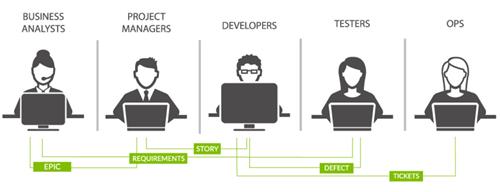

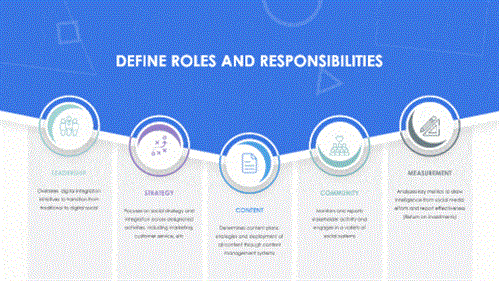

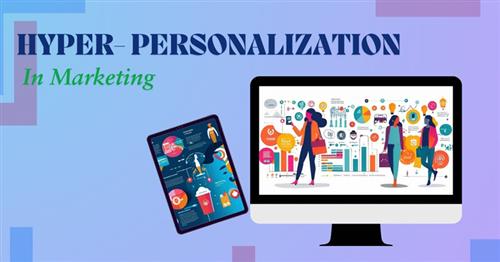

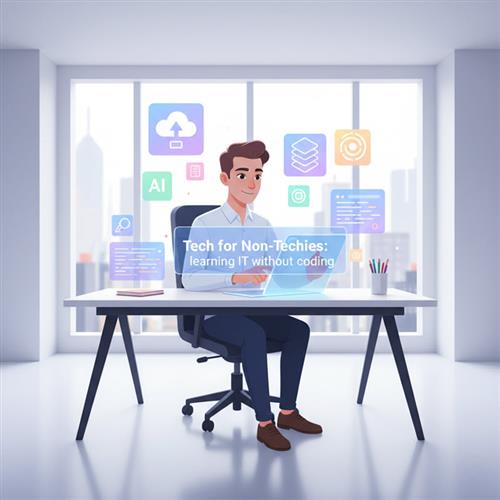

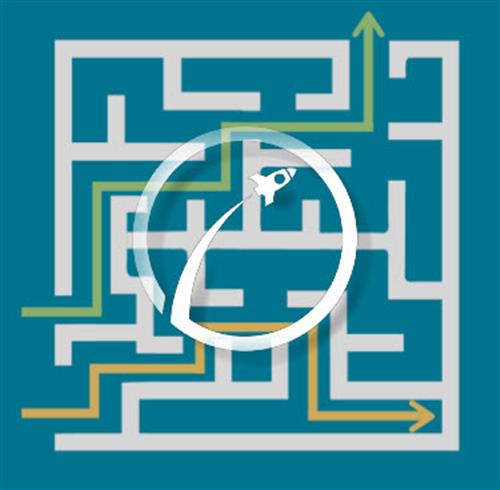




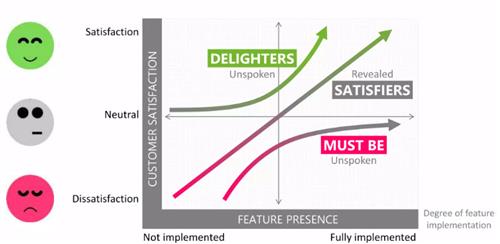
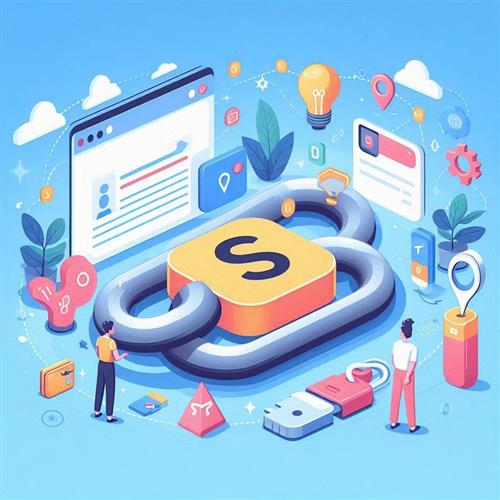
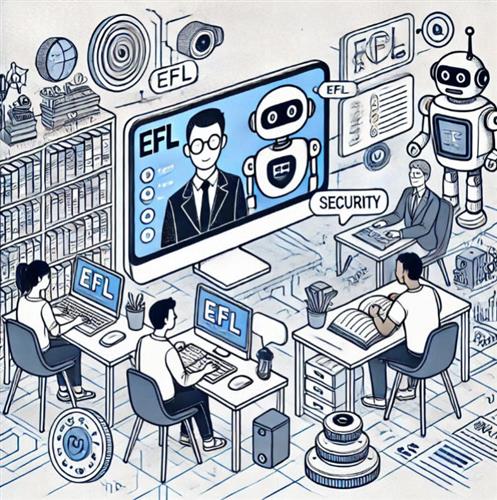













 Link copied!
Link copied!
 Recently Updated News
Recently Updated News